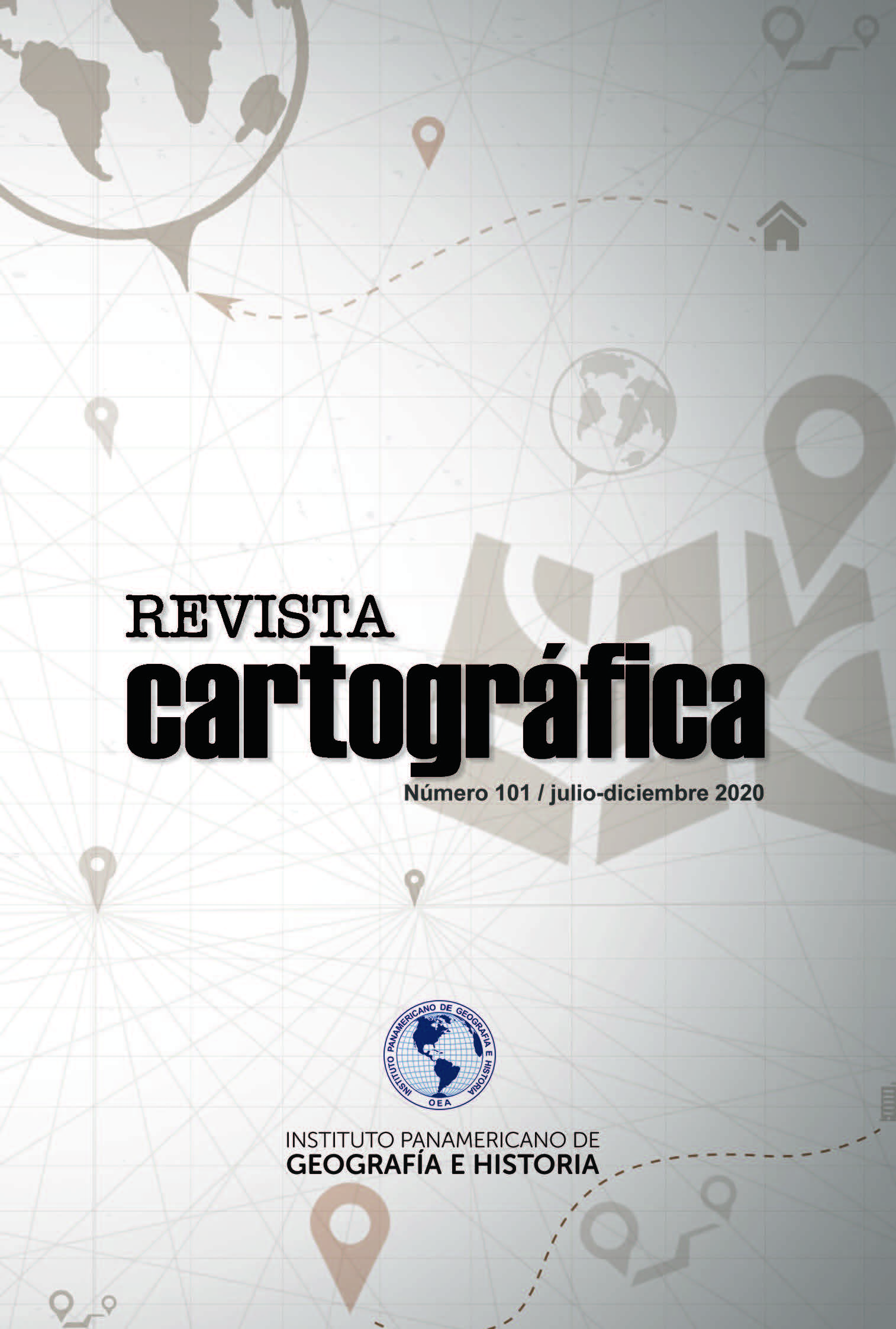Spatial modeling of changes in open wetlands by cellular automata: a case study on the administrative region of Abitibi-Témiscamingue, Quebec, Canada
Main Article Content
Abstract
Wetlands are among the most productive ecosystems that exist, they have a wide biodiversity of birds, fish, vegetables, among others. They also play a key role in climate mitigation and adaptation. Despite their great importance, these ecosystems are increasingly threatened, either by human interference or by climate change. About 35 % of the planet's wetlands are located in Canada, where much of it is in the boreal forest zone. The aim of this work is to simulate the spatio-temporal changes of these ecosystems using a hybrid model. For this purpose, multitemporal land cover images were interpreted from the LANDSAT satellite, which it was possible to simulate scenarios until the year 2055. The results were validated using map-comparison techniques. The analysis of changes showed an increase in wetlands about 63 % between 1985 and 2005, persisting into 2055 with a continuous increase of these areas in the region. Analysis and simulation of future scenarios can support management and planning related to the conservation of these important ecosystems.
Downloads
Article Details
By submitting the originals, the author accepts the rules of distribution, reproduction and copyright established by the journal.
The author who publishes in Revista Cartográfica agrees with the following terms:
- It preserves the copyright, and grants the journal the right of publication (reproduction, edition, distribution, public communication and exhibition).
- Revista Cartográfica is licensed under the terms of Creative Commons Reconocimiento-NoComercial-SinObraDerivada 4.0 Internacional.
- The author is encouraged to reproduce and host their works published in the Revista Cartográfica in institutional repositories, web pages, etc. in order to contribute to the dissemination and transfer of knowledge.
- The journal adheres to the international standards and codes of the Committee on Publication Ethics (Code of Conduct and Best Practices Guidelines for Journals Editors, COPE).

